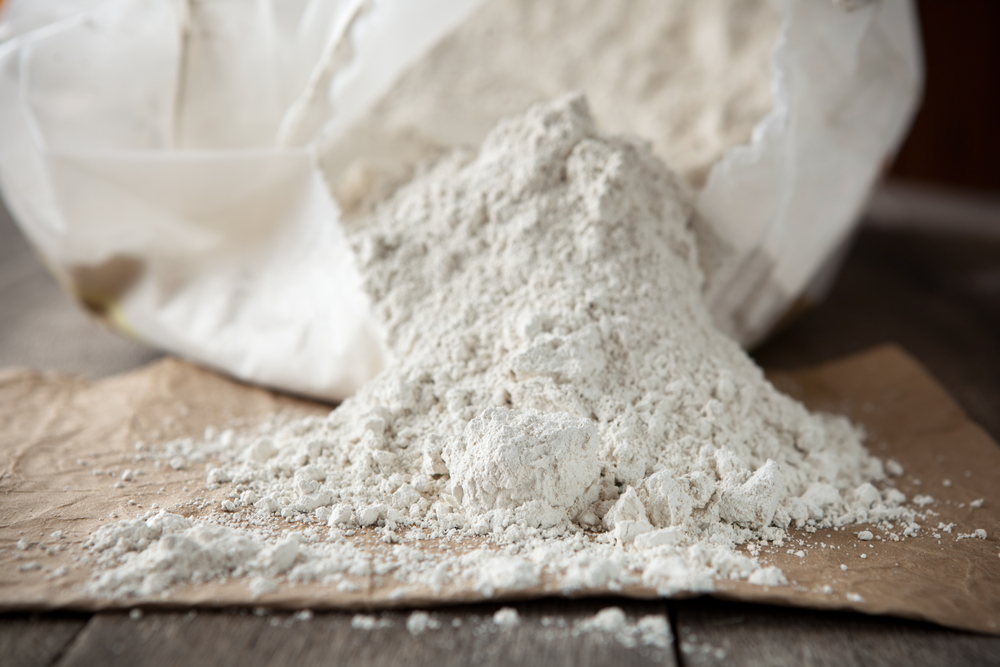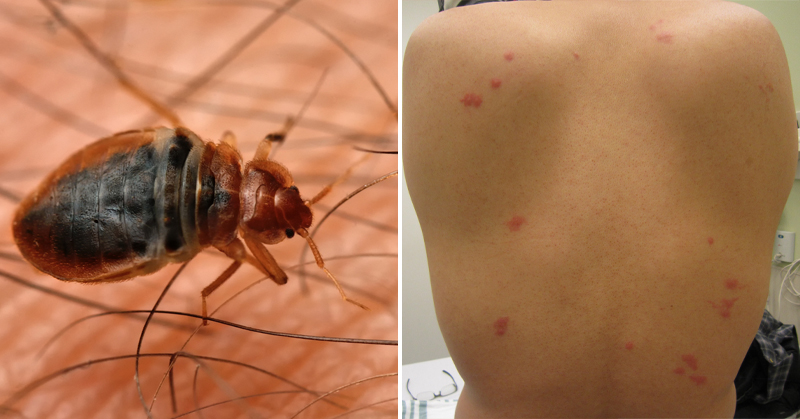Shortly after World War II, bed bugs nearly went extinct in the United States. The reason? DDT pesticides.
But then, of course, 1972 rolled around and the DDT class of pesticides was banned.
Bed bugs quickly began popping up again. To this day the surge continues, with cities like New York, Cleveland, Boston and Los Angeles facing severe infestation.
Now, I know what you’re thinking – why don’t we just bring back DDT?
No. We don’t wanna do that, for a number of reasons. First of all, it probably wouldn’t work; bed bugs are believed to have developed a resistance to the chemical.
Secondly, DDT pesticides pose some major risks to human health – including breast cancer and birth defects.
But we don’t need DDT – or any other harsh chemicals – to keep bed bugs out of our homes. No, nature has provided us with an alternative.
It’s called diatomaceous earth.
What It Is And How It Works

Diatomaceous earth is made from fossilized ancient marine life like plankton.
Over millions of years, the ocean compresses these fossils into a powder so fine you could rub it on your skin and not feel any sharpness.
To creatures the size of bed bugs, though, diatomaceous earth is very coarse and jagged. When they come into contact with the powder or eat it, their skin literally rips apart. The buggers die a slow, painful death from dehydration.
Serves them right.
How To Use It
Once you’ve washed your linens and vacuumed your house thoroughly, get yourself some food grade diatomaceous earth and place it in a ketchup bottle.
Then, go right ahead and sprinkle the powder all over your bed and room. Make sure you’re wearing a mask. While food-grade diatomaceous earth is safe to eat, it can cause damage to your lungs when inhaled.
After a few days, you’ll need to vacuum the powder up and repeat the whole process to tackle any newly hatched bed bugs. Keep doing this for at least two weeks.
Have a look at this video from Big Family Homestead to learn more about how diatomaceous earth works against bed bugs!
Sources:
Whale.to
Panna.org
EPA.gov
CBS News
BBC.com
Diatomaceous.org


